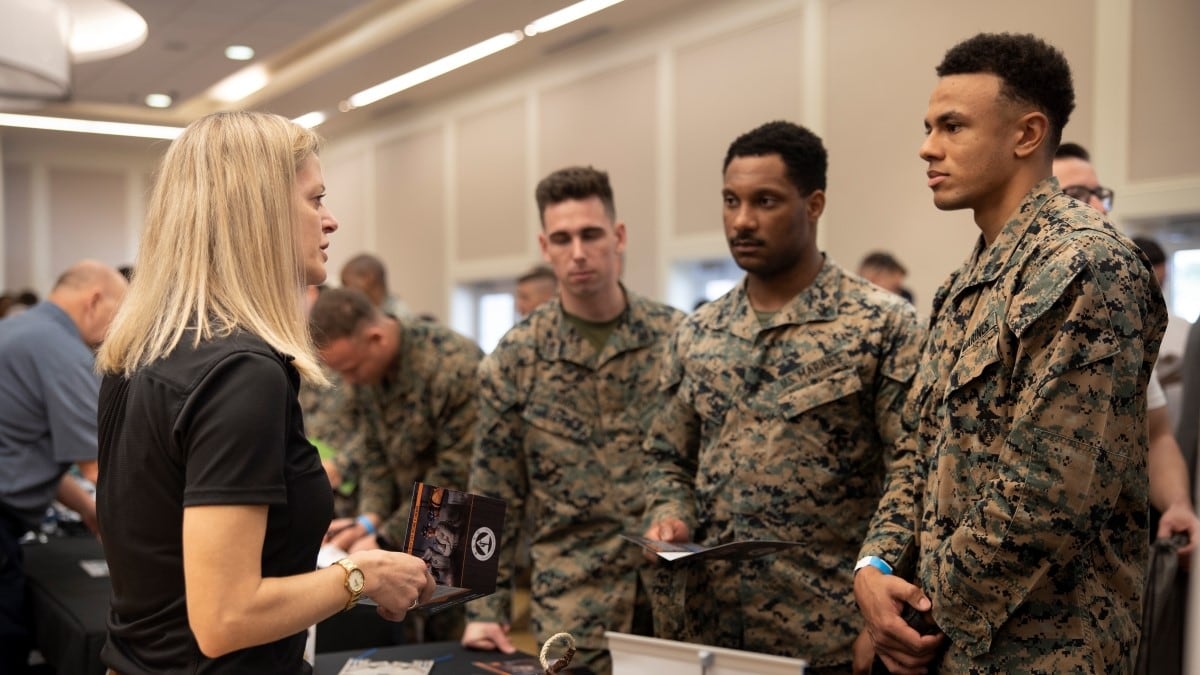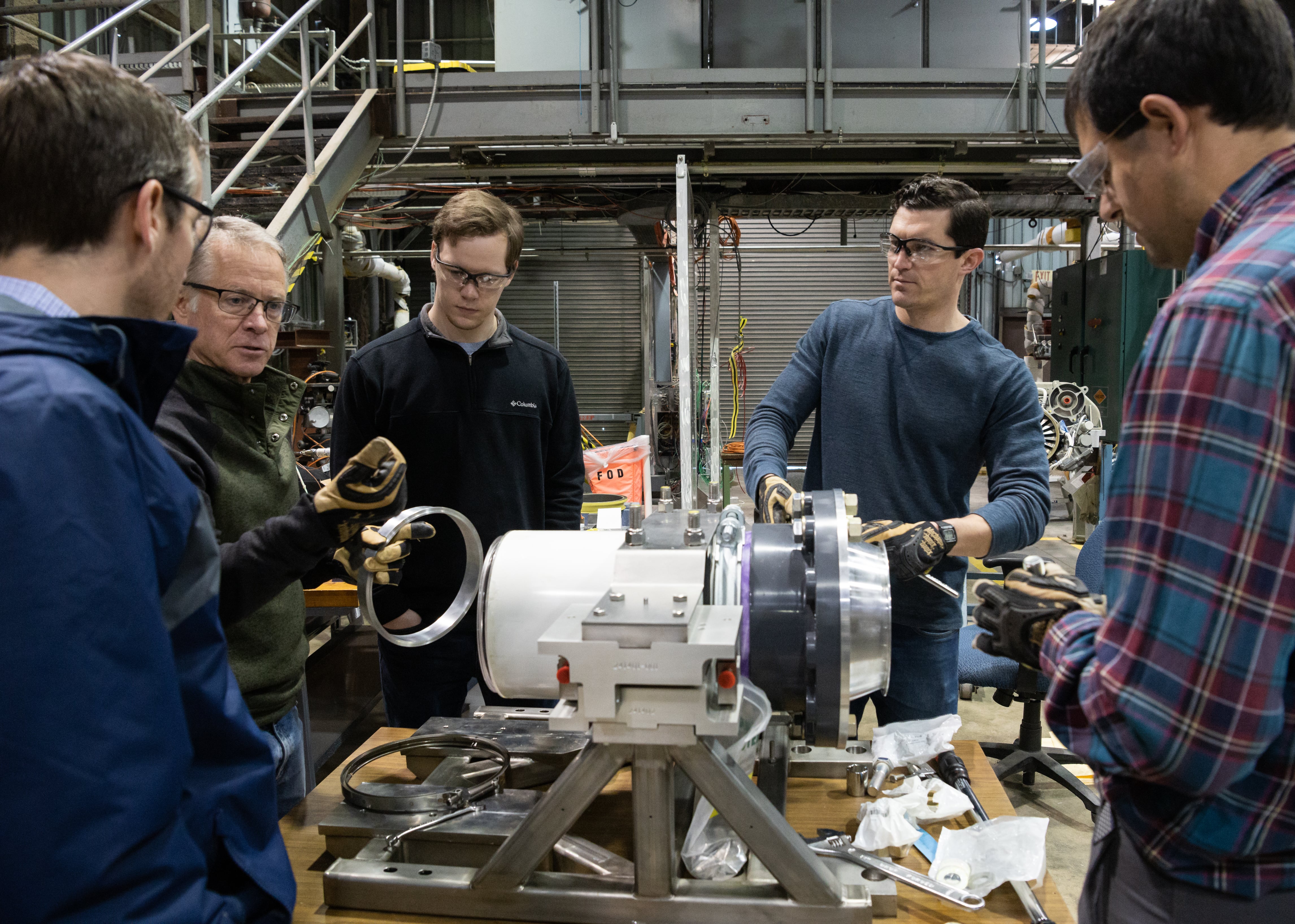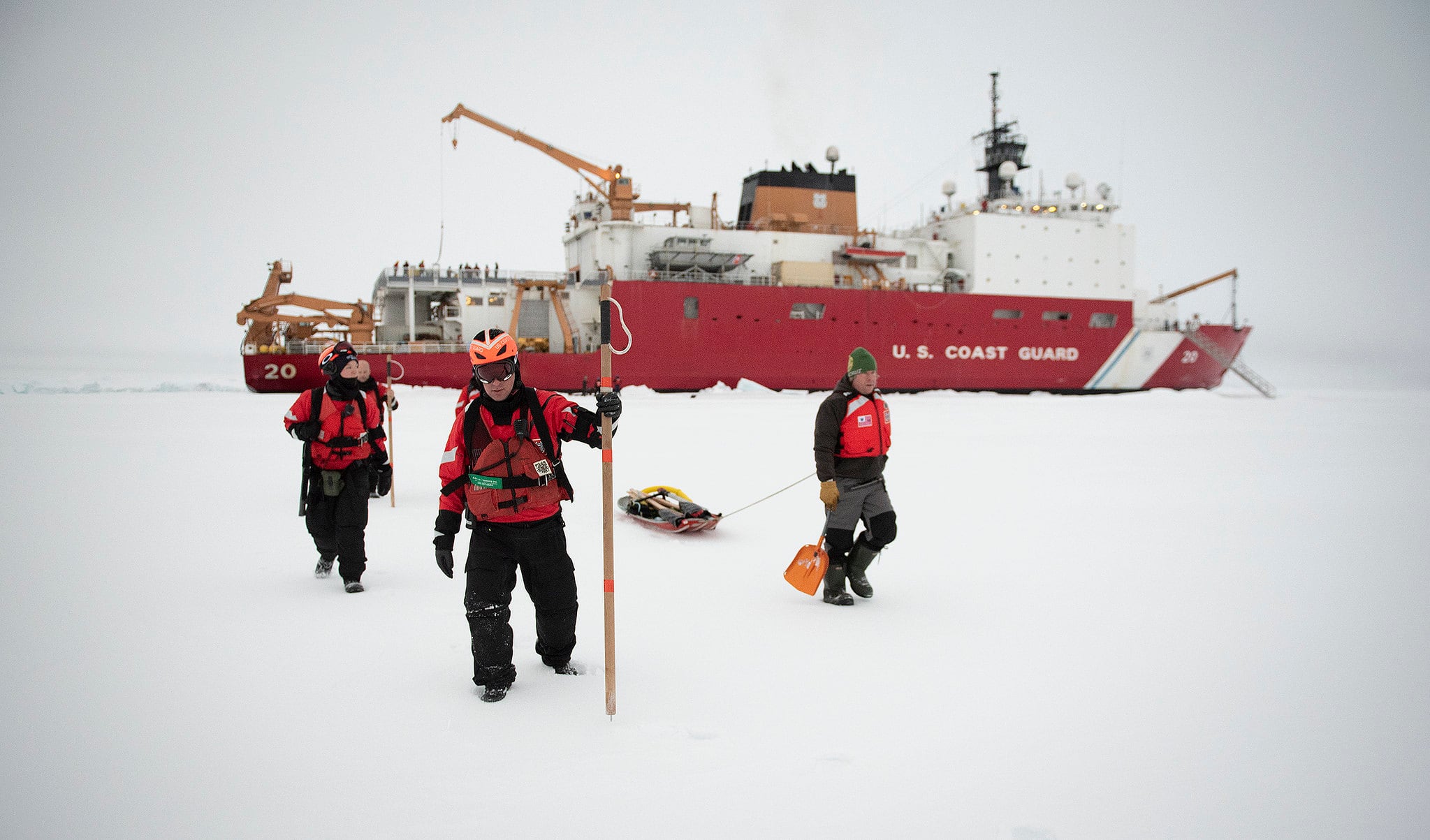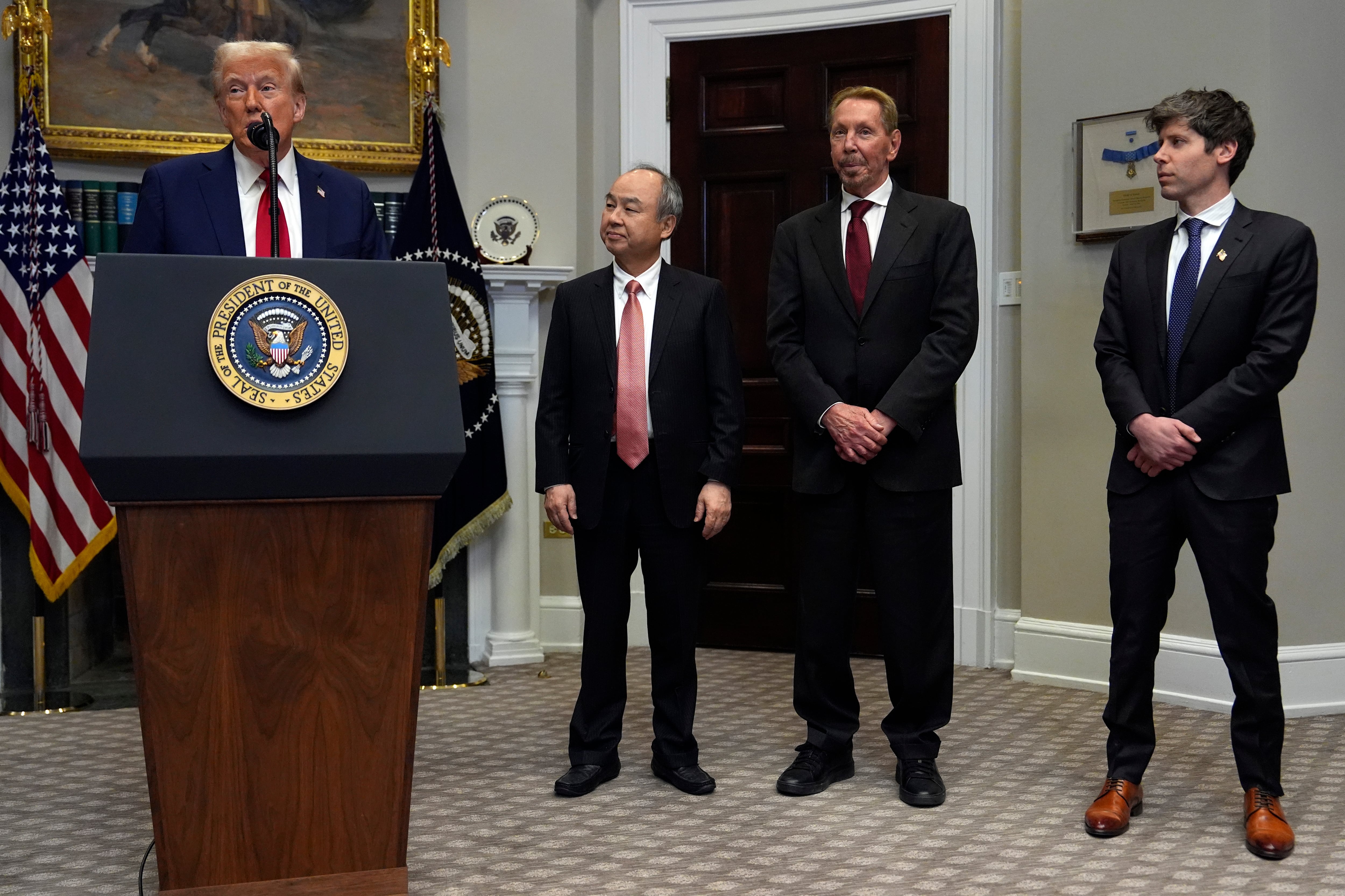Air Force officials say a new remote sensing lab will allow partners in industry and academia to make richer use of infrared and other space-based data now being collected for missile defense purposes.
The Boulder, Colorado, lab will give researchers access to data drawn from weather satellites as well as from the Space Based Infrared System (SBIRS) constellation.
"We know that the information from those systems can do a lot more than just what their primary mission set was intended to do," said Col. Kerri T. Mellor, chief of the Exploitation Capabilities Division in the Remote Sensing Directorate. The directorate is part of the Air Force Space Command Space and Missile Systems Center, Los Angeles Air Force Base, California.
The laboratory opened its doors April 27. Program managers plan to issue an announcement to academia and industry by midsummer seeking proposals from investigators interested in working with the Air Force data, Mellor said. The service hopes the lab will encourage scientists to demonstrate innovative concepts and prototype applications for eventual use by military and other audiences.
Air Force officials have said for some time that SBIRS and other data might find expanded uses. "We have not even scratched the surface, I think, of the potential that's there," Gen. William Shelton, then the head of Air Force Space Command, said during a 2014 House Armed Services Committee hearing.
The Air Force already makes available its overhead persistent infrared surveillance information to audiences within the defense community, for instance through a transfer agreement with the National Geospatial-Intelligence Agency. Researchers familiar with the new lab say that by sharing the information with a broader audience, the lab may open up new avenues of investigation.
"The richest area would be technical intelligence, monitoring the bad guys," said Bill Possel, director of Mission Operations and Data Systems Laboratory for Atmospheric and Space Physics (LASP), University of Colorado at Boulder.
"But there are a lot of potential nonmilitary scientific uses for that data. There are weather patterns, there is climate monitoring. There is a lot of interest in the infrared from space, from a scientific perspective," he said.
Program managers are not yet offering concrete examples of the kinds of capabilities the new lab might generate: That will rest in the hands of scientists who choose to take part. In general, though, they raise the possibility that by adding new layers of infrared information on top of already available maps, researchers might be able to gain new insights into both civil needs and also tactical information requirements.
"If there is a fire somewhere in the country, maybe we can we help the firefighting community understand where those fires are," Mellor said. Commanders on the battlefield might also be able to fine-tune tactical intelligence based on SBIRS's sensitive infrared detection capabilities.
"If we can bring in everybody from academia, to primary contractors, to anybody in between, that should allow us to tap into some innovative ideas that maybe we as a government haven't even thought of," Mellor said.
Efforts to leverage SBIRS data come in the context of a program with a rocky history. The $19 billion SBIRS missile warning satellite program came in roughly 300 percent over budget and its first launch in 2011 was nine years late, according to the General Accountability Office.
The system has since proven its stripes. At the time of the second SBIRS launch in 2013, contractor Lockheed Martin reported the first satellite was operating beyond requirements. Sensor-pointing accuracy was nine times more precise than required. It could also detect targets 25 percent dimmer than required with an intensity measurement 60 percent more accurate than specifications.
Air Force managers say they are eager to see whether that data can be pushed to still greater heights through collaborative research.
"We are looking at everything that can be learned, all the way from creation to delivery of this information, and the laboratory will be investigating all the steps along that way," Mellor said.








